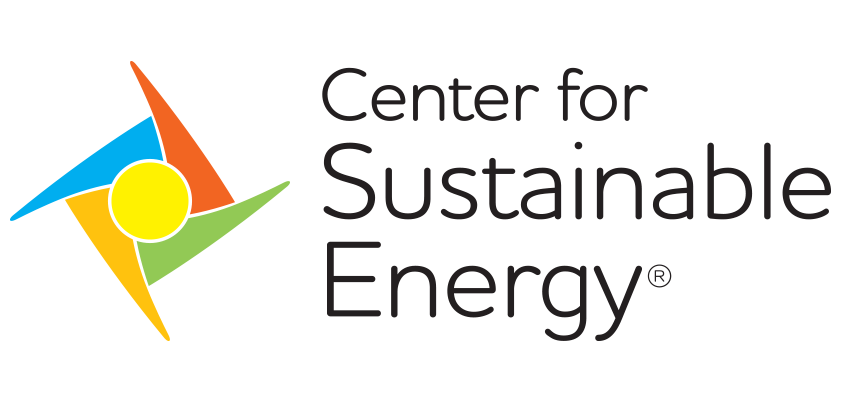How to factor the value of equity and resilience in microgrid and energy storage project cost-benefit analysis

More frequent extreme weather events fueled by climate change threaten to increase outages of the electricity that powers our communities – multifamily housing, grocery markets, medical facilities, community cooling centers, local businesses and manufacturing.
One way to keep critical community services operating is through on-site energy technologies, configurable as microgrids, that combine energy generation and storage.
Before investing in a microgrid, municipalities, campuses and commercial and industrial facilities use various tools to calculate the project costs, the energy savings, the risk and cost of electrical power loss, and how long it will take for the savings to make up for the initial capital expenditure.
One thing these tools cannot do is calculate the value of equity, for example, how much more important and valuable it is to achieve resilience for those in surrounding low-income and disadvantaged communities.
Center for Sustainable Energy® (CSE) has developed a new tool to account for equity when we are helping states, nonprofits, commercial enterprises and other clients make microgrid siting and sizing decisions.
Resilience is more valuable to some
Low-income and disadvantaged communities often face more grid reliability issues than surrounding neighborhoods, making the need for on-site energy resiliency more important.
Low-income, Black, Hispanic and Native American households spend a higher percentage of their income on home energy bills, referred to as having a high energy burden. Their homes are often older with less insulation and inefficient heating and cooling equipment.
People living in lower-income urban areas with little tree cover, known as heat islands, experience hotter temperatures, which worsen respiratory and heart conditions common in these communities. These underserved communities are also more likely to experience extreme weather events being driven by climate change. And they are least able to handle the impacts of resulting power outages, such as a refrigerator full of perished food.
Why measure the value of resilience and equity
A typical cost-benefit analysis for a distributed energy project might not yield a financially attractive savings opportunity for some sites based on recovering the initial capital cost alone. By evaluating the potential for resiliency and added community benefits of these projects, they can become viable options.
Assigning a dollar amount to the value of resilience changes the cost-effective equation by accounting for a project’s broader benefits. Quantifying all the benefits and including them in the equation provides a clearer, more holistic lens to view the project’s value. An example of this would be to account for the health benefits of a microgrid that can be used to run a cooling center for surrounding low-income or disadvantaged communities.
Existing tools can evaluate various costs and benefits of energy projects, such as:
- The National Renewable Energy Laboratory’s PVWatts and REopt Lite tools can be used to calculate the performance of potential solar photovoltaic (PV) installations and the economic viability of wind, battery and thermal energy storage, CHP and other projects, to identify system sizes, how long a system can keep critical loads running during an outage, and to suggest ways to minimize energy costs.
- The U.S. Department of Energy’s Low-Income Energy Affordability Data tool and the Council on Environmental Quality’s Climate and Economic Justice Screening Tool provide a high-level view of energy-burdened communities.
- Applying the social cost of carbon defines the social value of decarbonization in general, but that value doesn’t easily translate to the microgrid owners’ balance sheets.
Introducing a new tool: CSE’s Site Equity Resiliency Analysis
We are unaware of a way to easily include a community’s energy burden and the equity benefit of a microgrid with other cost-benefit analysis metrics. This is especially important to consider in the community benefits plans required for all federally funded projects.
CSE developed the Site Equity Resiliency Analysis(SERA) tool for modeling and sizing distributed energy equipment taking equity metrics into account.
The SERA tool:
- Accounts for utility consumption and billing, facility type, site vulnerability ranking, critical loads, load backup requirements and site location.
- Pairs cost-benefit analysis with equity metrics and integrates with the REopt Lite tool to produce recommendations for generator and storage system size, and estimates of potential life cycle savings, payback period and emissions reductions.
- Produces a vulnerability score, or the likelihood of a facility being impacted by a natural disaster, and calculates the financial loss for that facility that is avoided by maintaining power during a grid outage.
The SERA tool, designed currently for California, adds equity metrics such as the social cost of carbon, average energy burden and whether the surrounding community is considered disadvantaged or low-income. This analysis provides decision-makers with the data to understand the true cost-benefit of a microgrid. It also provides a cross-check of the equity value of proposed investments.
The SERA tool can be used by municipal or corporate facilities managers, engineers and engineering consultants who need to screen commercial, industrial or multifamily properties and campuses before investing in distributed energy resources (DERs) like microgrids. Single sites could use it to size DERs, incorporating the equity/community metrics in their decision-making process. SERA can also further the planning process for spending Justice40 federal funds on projects that prioritize low-income and disadvantaged communities.
For more information on how to work with CSE on incorporating equity metrics in the decision-making about the location, size and vulnerability of a microgrid, contact us at consult@energycenter.org.

